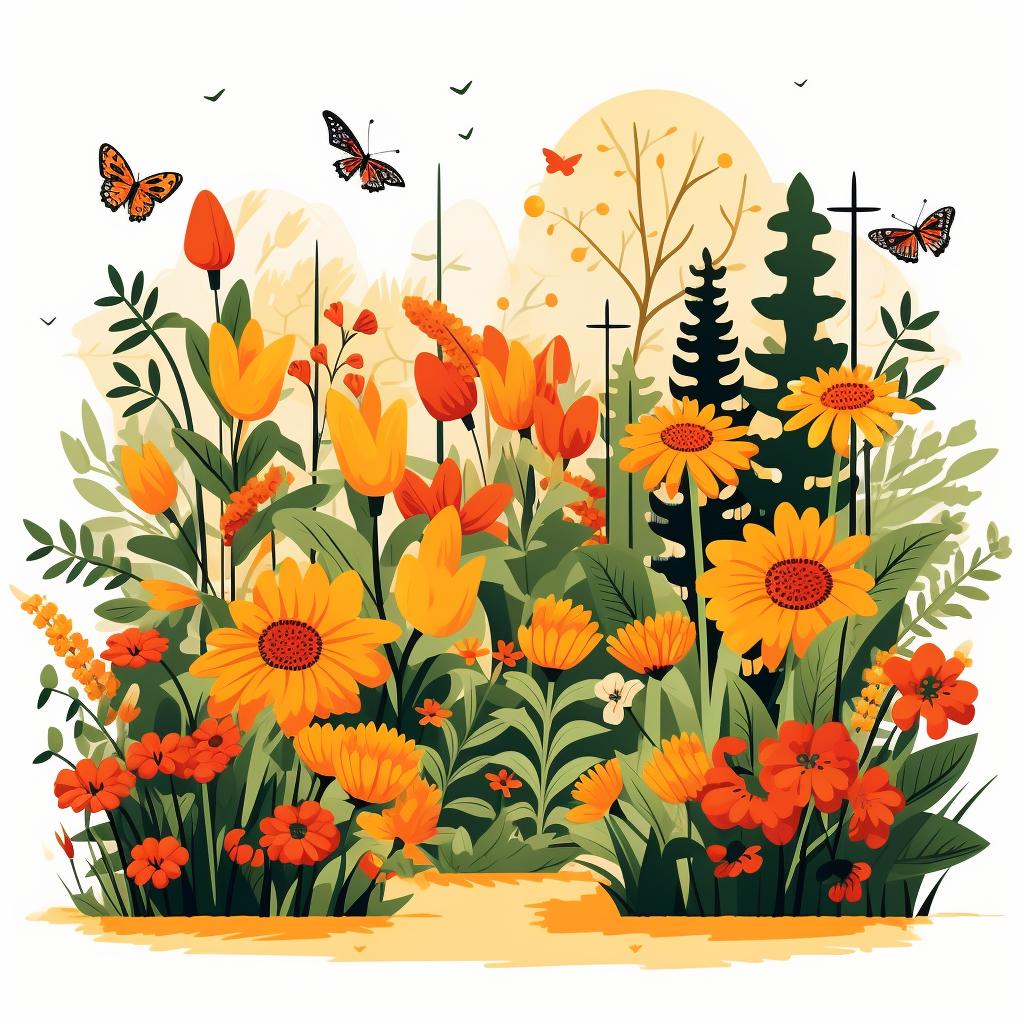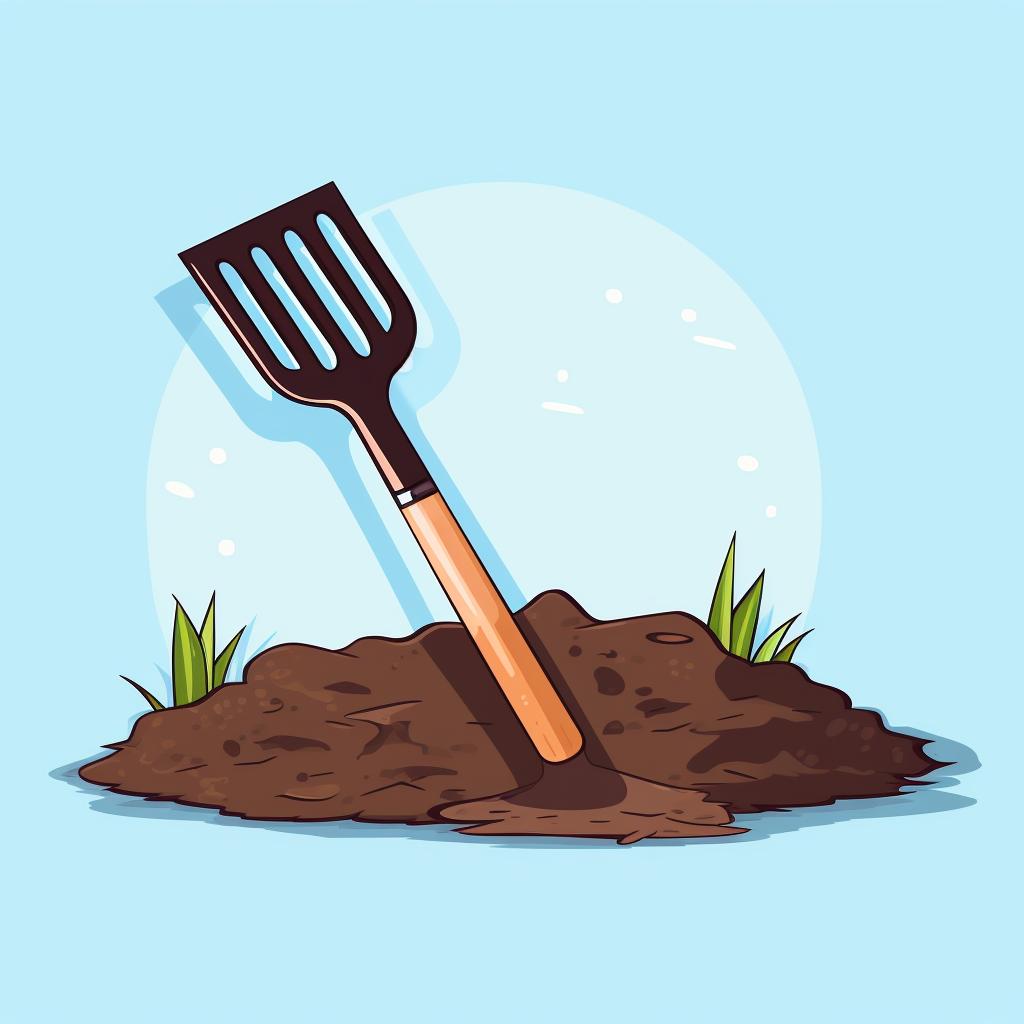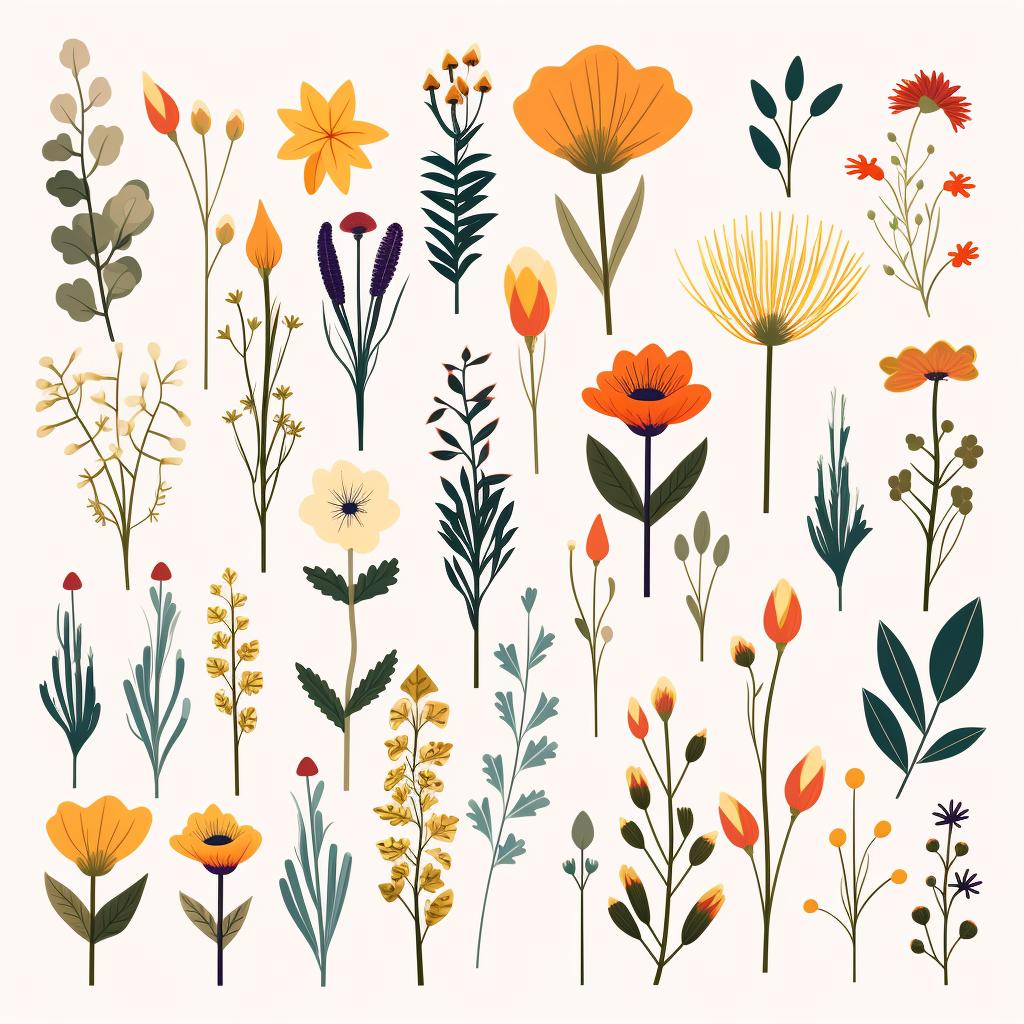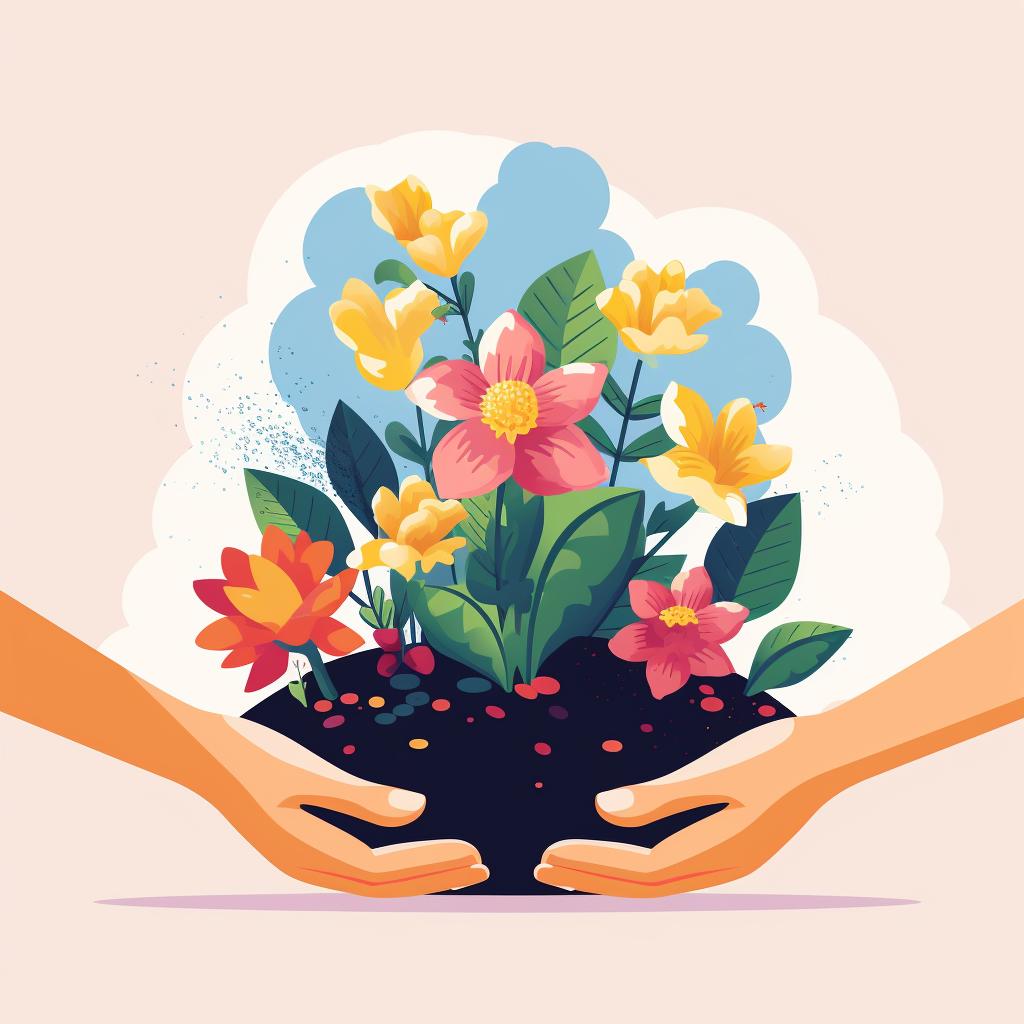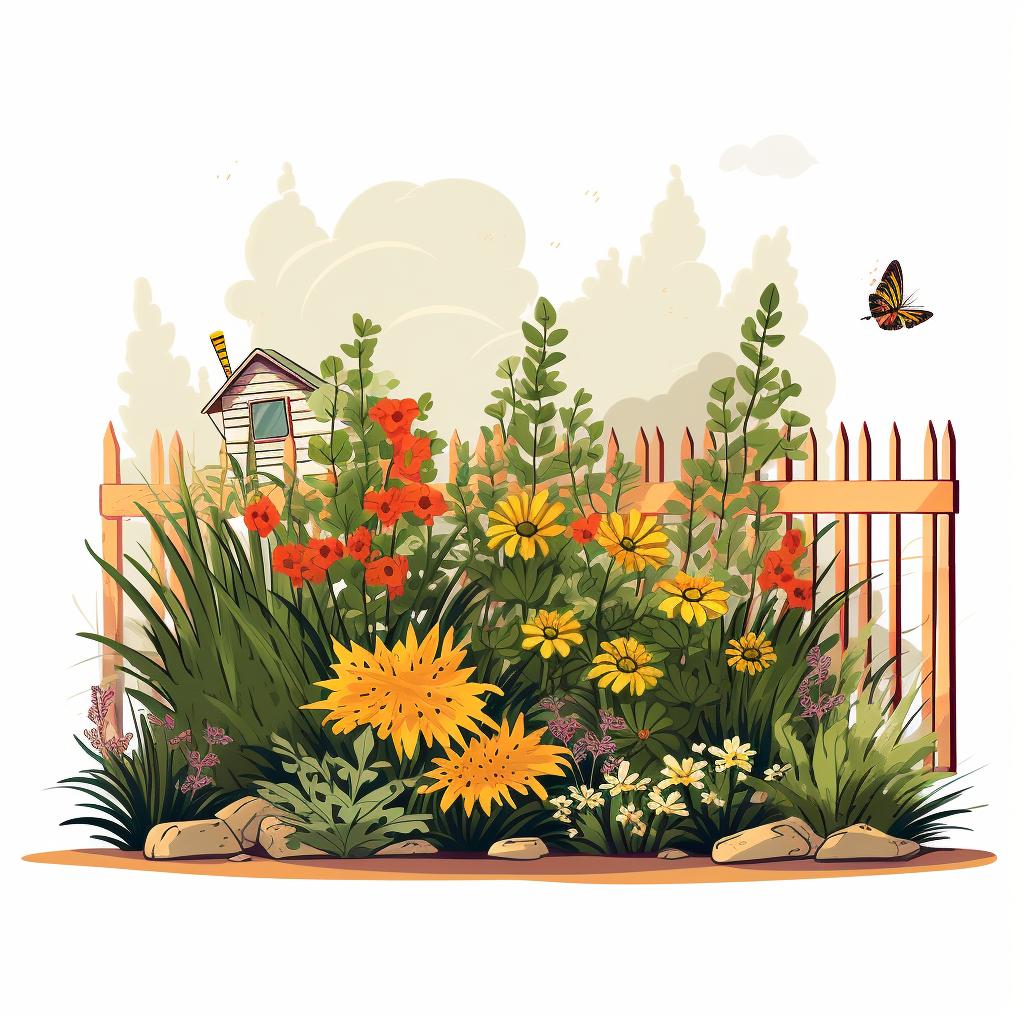🌼 Step-by-Step Guide to Creating Your Pollinator Garden 🌱
Creating a pollinator garden is more than just a beautiful addition to your yard; it's a vibrant, living testament to your commitment to sustainability and local ecosystems. Our step-by-step guide above outlines the basics, but let's delve deeper into the world of pollinator-friendly gardening.
Choosing the right location is the first step in your journey. As our guide suggests, a site with at least six hours of sunlight is ideal. But why is this so important? Sun-loving plants are often the best at attracting pollinators. They provide the nectar and pollen that bees, butterflies, and other insects need to thrive. For more insights on selecting the perfect site, check out our article on designing a perennial garden for pollinators.
Once you've chosen your site, it's time to prepare the soil. This step is crucial for the health and success of your garden. Healthy soil equals healthy plants, which in turn attract more pollinators. Our guide on creating a bee-friendly garden offers additional tips on soil preparation and other key factors for success.
Choosing your plants is perhaps the most exciting part of the process. The secret to a thriving pollinator garden is diversity. A mix of native flowering plants that bloom at different times of the year will provide a constant food source for your pollinators. For a list of the best perennials for attracting pollinators, take a look at our article on creating a pollinator paradise.
Lastly, maintaining your garden is crucial. Regular watering, mulching, and avoiding pesticides are all part of a sustainable gardening practice. For more tips on maintaining a sustainable garden, our article on sustainable garden design ideas is a must-read.
Remember, creating a pollinator garden is not just about adding beauty to your outdoor space. It's about fostering a haven for local wildlife, supporting biodiversity, and contributing to a healthier planet. Happy gardening!

